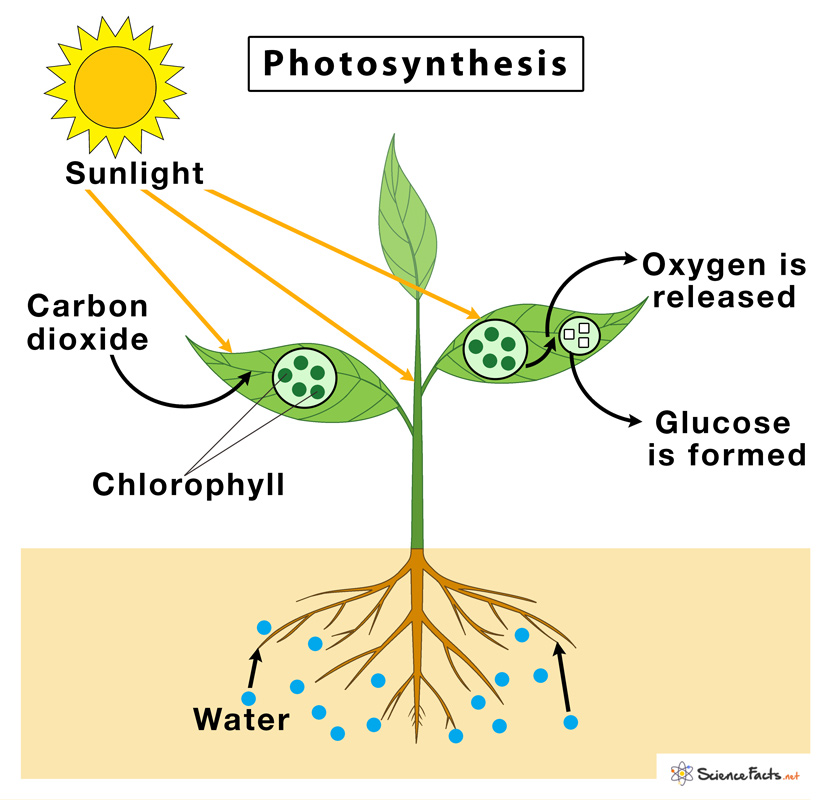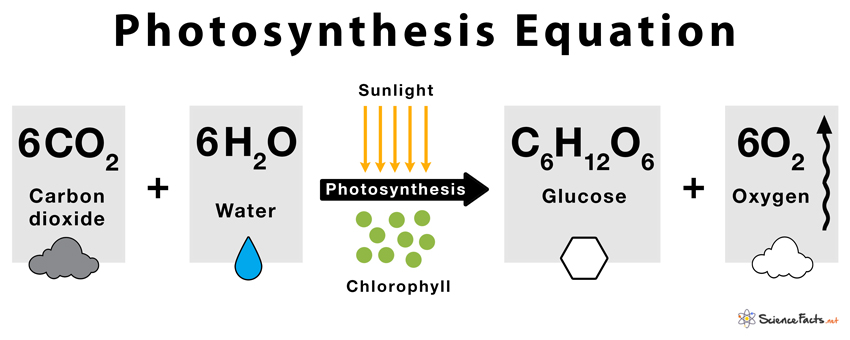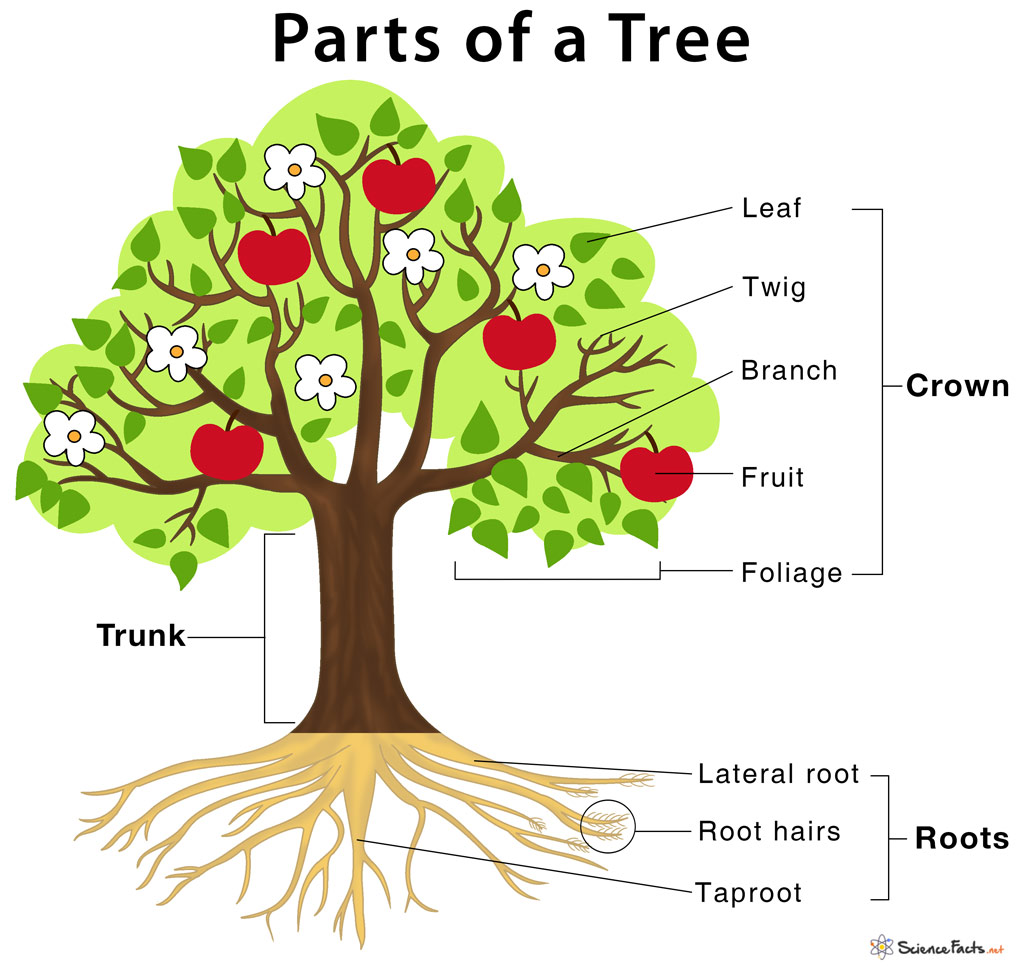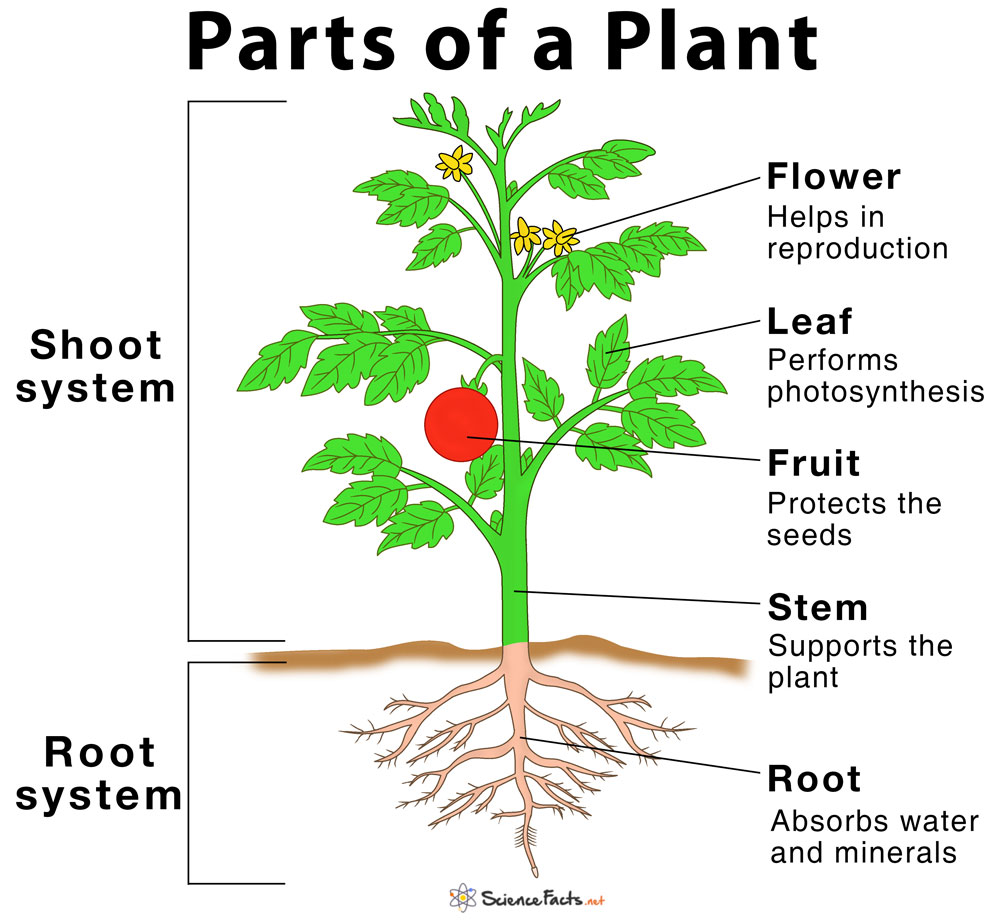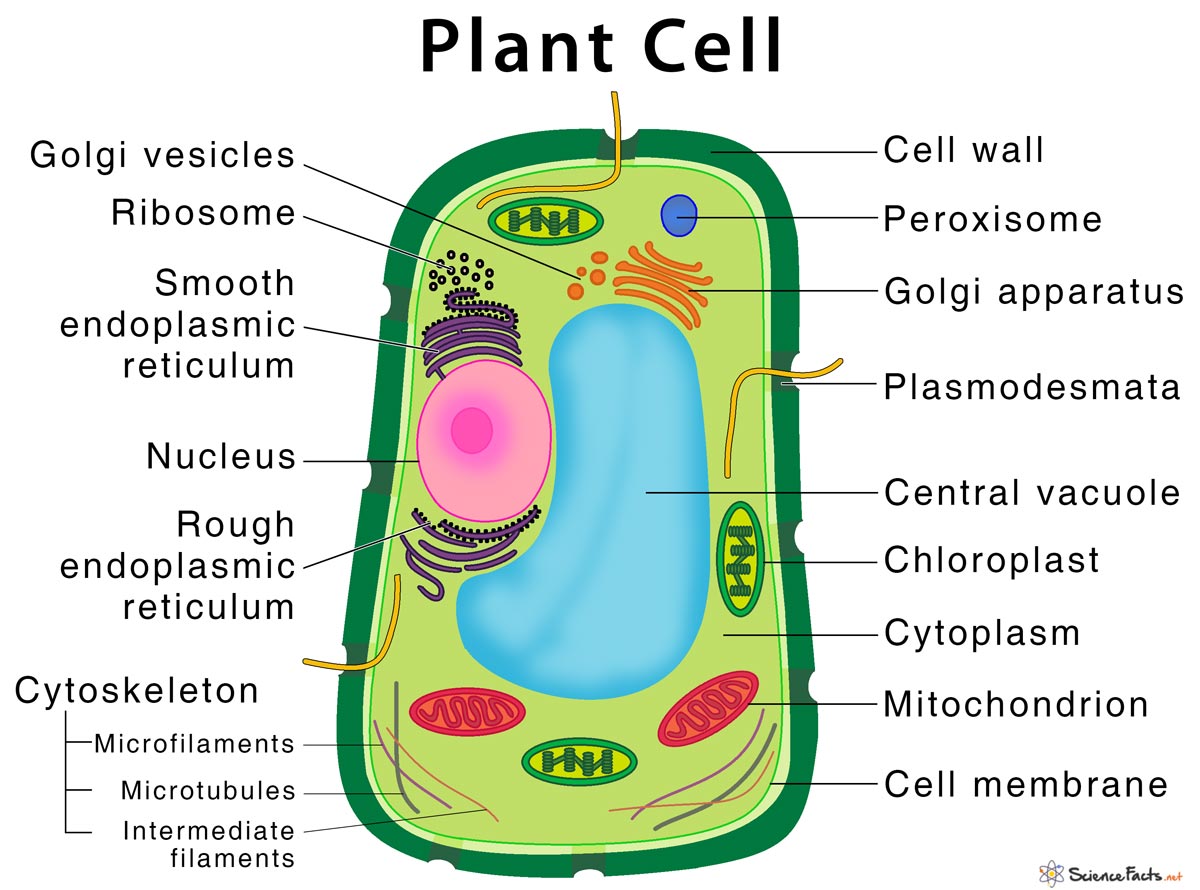Photosynthesis
What is Photosynthesis
It is the process by which green plants, algae, and certain bacteria convert light energy from the sun into chemical energy that is used to make glucose. The word ‘photosynthesis’ is derived from the Greek word phōs, meaning ‘light’ and synthesis meaning ‘combining together.’
Jan Ingenhousz, the Dutch-born British physician and scientist, discovered the process of photosynthesis.
Where does Photosynthesis Occur
Photosynthesis takes place mainly in the leaves of green plants and also in the stems of herbaceous plants as they also contain chlorophyll. Sometimes it also occurs in roots that contain chlorophyll like in water chestnut and Heart-leaved moonseed. Apart from plants, photosynthesis is also found to occur in blue-green algae.
What Happens During Photosynthesis
It involves a chemical reaction where water, carbon dioxide, chlorophyll, and solar energy are utilized as raw materials (inputs) to produce glucose, oxygen, and water (outputs).
Stages of the Process
Photosynthesis occurs in two stages:
1) The Light-dependent Reaction
- Takes place in the thylakoid membranes of chloroplasts only during the day in the presence of sunlight
- High-energy phosphate molecules adenosine triphosphate (ATP) and the reducing agent NADPH are produced with the help of electron transport chain
2) The Light-independent or Dark Reaction (Calvin cycle)
- Takes place in the stroma of chloroplast in the absence of light that helps to fix carbon
- ATP and NADPH produced in the light reaction are utilized along with carbon dioxide to produce sugar in the form of glucose
Factors Affecting the Rate of Photosynthesis
- Intensity of Light: The higher intensity of light increases the rate of photosynthesis
- Temperature: Warmer the temperature, higher the rate of photosynthesis. The rate is highest between the temperatures of 25° to 35° C, after which it starts to decrease
- Concentration of Carbon dioxide: Higher concentration of carbon dioxide increases the rate of photosynthesis until it reaches a certain point, beyond which no further effects are found
Although all the above factors together interact to affect the rate of photosynthesis, each of them individually is also capable of directly influencing the process without the other factors and thus called limiting factors.
Importance of Photosynthesis
It serves two main purposes that are essential to support life on earth:
- Producing food for organisms that depend on others for their nutrition such as humans along with all other animals
- Synthesizing oxygen by replacing carbon dioxide in the atmosphere
FAQs
Ans. Photosynthesis is an endothermic reaction because it absorbs the heat of the sun to carry out the process.
Ans. The oxygen in photosynthesis comes from splitting the water molecules.
Ans. Chlorophyll is the main light-absorbing pigment in photosynthesis.
Ans. The role of water is to provide oxygen in the form of oxygen gas to the atmosphere.
Ans. Sunlight is the source of energy that drives photosynthesis.
Ans. The easiest way to measure the rate of photosynthesis is to quantify the carbon dioxide or oxygen levels using a data logger. The rate of photosynthesis can also be measured by determining the increase in the plant’s biomass (weight).
Ans. Photosynthesis is an energy-requiring process occurring only in green plants, algae, and certain bacteria that utilizes carbon dioxide and water to produce food in the form of carbohydrates. In contrast, cellular respiration is an energy-releasing process found in all living organisms where oxygen and glucose are utilized to produce carbon dioxide and water.
Ans. Glucose produced in photosynthesis is used in cellular respiration to make ATP.
Article was last reviewed on Tuesday, April 21, 2020

